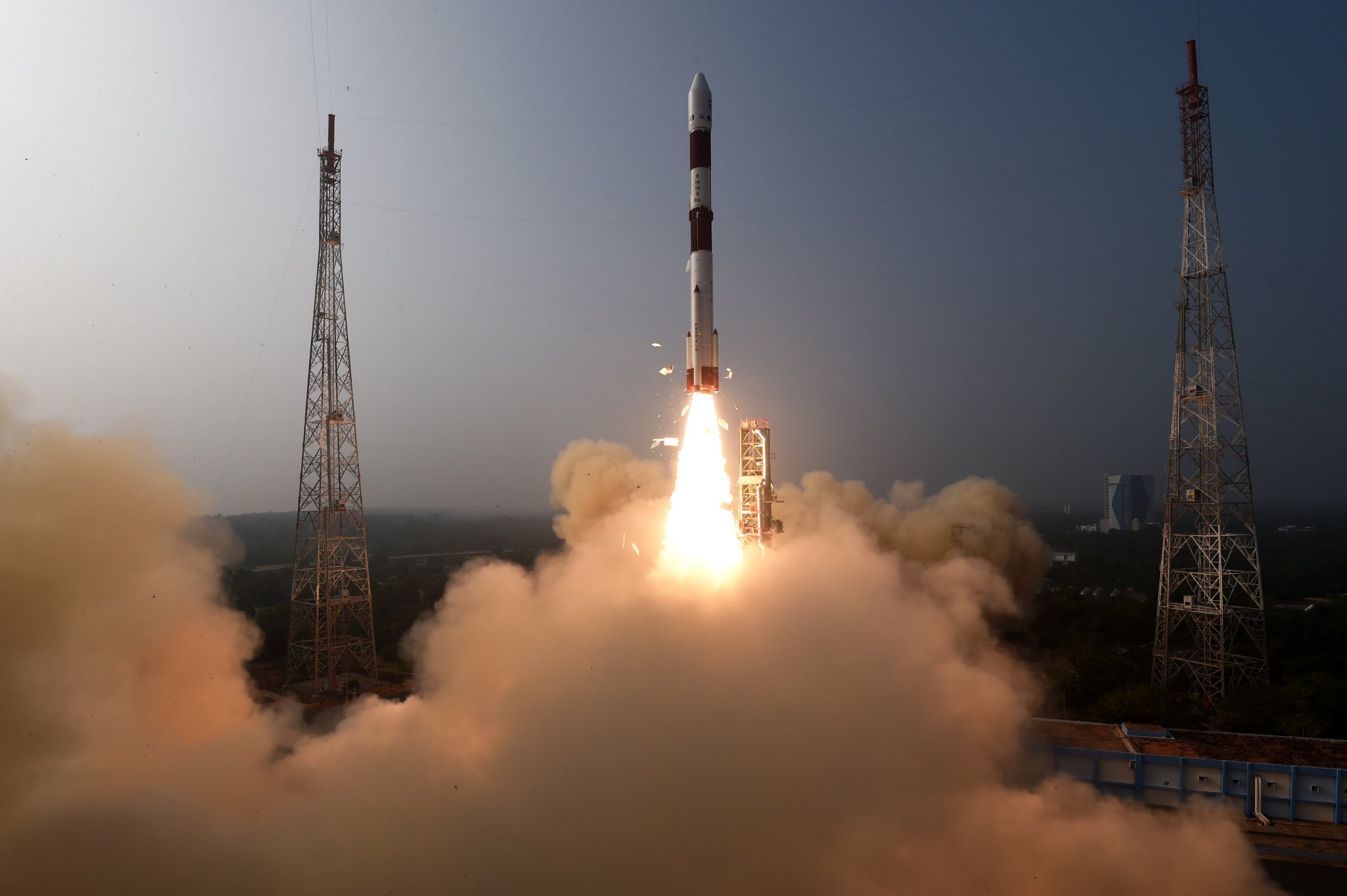The Indian Space Research Organisation (ISRO) successfully launched its first dedicated X-ray polarimeter satellite, XPoSat, on Monday morning. The Polar Satellite Launch Vehicle (PSLV-C58) roared into the skies at 9:10 AM IST, carrying XPoSat and eight other payloads on a historic mission to study the universe’s hidden secrets.
What: XPoSat, India’s first dedicated X-ray polarimeter satellite, successfully launched on January 1, 2024.
Where: The Polar Satellite Launch Vehicle (PSLV-C58) roared into the skies from Sriharikota, India, carrying XPoSat and eight other payloads.
When: The launch took place at 9:10 AM IST, marking a significant milestone in India’s space exploration journey.
Why: XPoSat embarks on a mission to study the universe’s hidden secrets by measuring the polarization of X-rays emitted by celestial objects like black holes, neutron stars, and supernova remnants. This polarization, similar to how sunglasses filter light, holds crucial information about the physical processes and magnetic fields surrounding these enigmatic sources.
Who: The mission is a collaborative triumph involving ISRO, the Indian National Space Agency (IN-SPACe), the Raman Research Institute, and the Space Astronomy Group of URSC.
Goals:
- Unraveling the mysteries of the cosmos: By studying the polarization and properties of X-rays, scientists hope to gain a deeper understanding of black holes, neutron stars, and the violent processes that govern them.
- Revolutionizing astrophysics: The knowledge gained from XPoSat has the potential to rewrite textbooks and reshape our understanding of the universe.
- Positioning India at the forefront of X-ray astronomy: The successful launch of XPoSat marks a watershed moment for India’s space program and its quest to unlock the secrets of the universe.
Instruments:
- POLIX (Polarimeter Instrument in X-rays): Developed by the Raman Research Institute, POLIX measures the polarization of X-rays in the energy range of 8-30 keV, providing insights into the geometry and dynamics of matter around cosmic sources.
- XSPECT (X-ray Spectroscopy and Timing): Built by the Space Astronomy Group of URSC, XSPECT conducts detailed spectral and temporal studies of X-ray sources in the 0.8-15 keV range, revealing the composition and behavior of these celestial objects.
Future: As XPoSat orbits Earth, its instruments will gather precious data, shedding light on the invisible forces that shape our cosmos. The future of X-ray astronomy looks bright, and India is at the forefront of this exciting new chapter in human exploration.
Significance: The XPoSat launch marks a giant leap for India’s space program and opens a new window into the universe’s mysteries. By studying the polarization of X-rays, scientists hope to gain a deeper understanding of some of the most fascinating and enigmatic objects in the cosmos. This mission has the potential to revolutionize our understanding of the universe and rewrite the textbooks on astrophysics.

